What can be used instead of rubble?
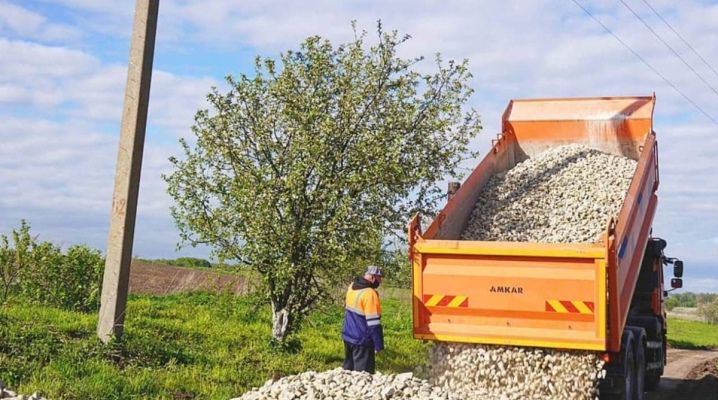
It is important for all builders and repairmen to know what to use instead of rubble. It is imperative to figure out the use of broken crushed stone and expanded clay. Another very relevant topic is how to replace it in concrete and whether it is possible to use a brick in a concrete solution for a foundation.
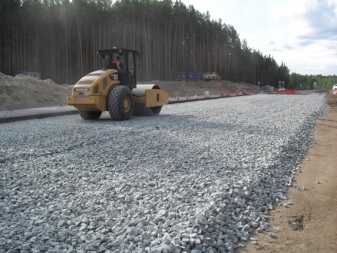
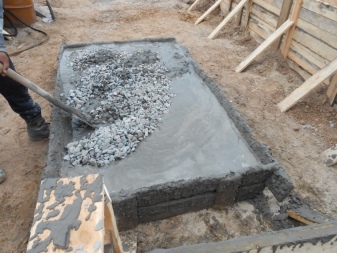
Application of broken slate
This crushed or chipped material can be used in place of gravel in any grade of concrete. Yes, slate is almost concrete in composition. The only difference is that the sand is replaced with fibrous asbestos.
It is with this asbestos that serious problems are associated. Yes, in solution and under a layer of finishing materials, it does not come into contact with people, it is completely inactive chemically. However, asbestos fibers fluff easily and can enter the respiratory system. And there they provoke serious oncological changes, and in a variety of organs.
Therefore, when crushing slate, you will have to use personal protective equipment and water curtains. It is also advisable to wet the building material properly before crushing. This will significantly reduce the rate of dust emission.
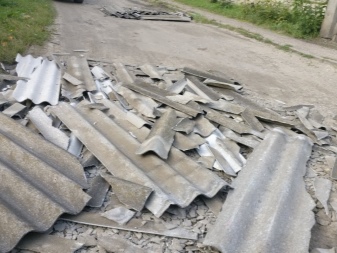
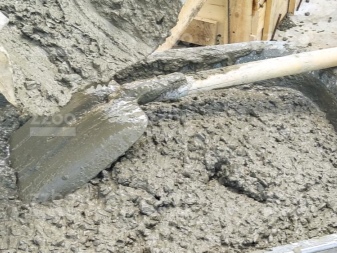
Use of gravel
In industrial production, crushed granite is mainly used. It has excellent strength and other important characteristics. Gravel cannot be used for the manufacture of critical concrete products and castings. However, it is also successfully used for arranging the foundations of low-rise buildings. It is only necessary to take into account the recommendations of engineers, architects.

What else can you replace crushed stone with?
In some cases, it is not a bad idea to be able to use a brick (or rather, a broken brick). It becomes an excellent replacement for more expensive building materials. Combat is used:
- in concrete solution (mixture);
- for preparing a pillow under construction screeds;
- when decorating sidewalks and street, garden paths;
- as a decorative solution when decorating territories;
- for the purpose of leveling roads (they fall asleep and rake in an even layer).
Crushed brick replaces crushed stone in the preparation of concrete mortar in various proportions.
The concrete turns out to be very strong, it can withstand heavy loads and high temperatures. It can be safely used for the foundation. What is important, the appearance of cracks is excluded, which turn out to be an unpleasant consequence in any construction. As for the use of expanded clay, it is quite possible, for example, for the ceiling, but not everywhere.


Expanded clay concrete is often used for individual construction. Low thermal conductivity makes it an excellent option for arranging jumpers, partitions. It is also allowed to use it in the subfloor screed. However, concrete based on expanded clay can withstand relatively small loads. In addition, it will not cope with the impact of water, which greatly narrows the scope of use of expanded clay as a filler for masonry mixture in ASG.
But it is quite justified to make small household and summer cottages from such a composition. The use of expanded clay as a filler does not require any complex technological equipment. The reduced specific gravity allows the use of such blocks even on soils with a weak bearing capacity.
Important: it is unacceptable to use expanded clay as a filler for a buried foundation. There it is still better to use classic gravel, and its price is fully justified.
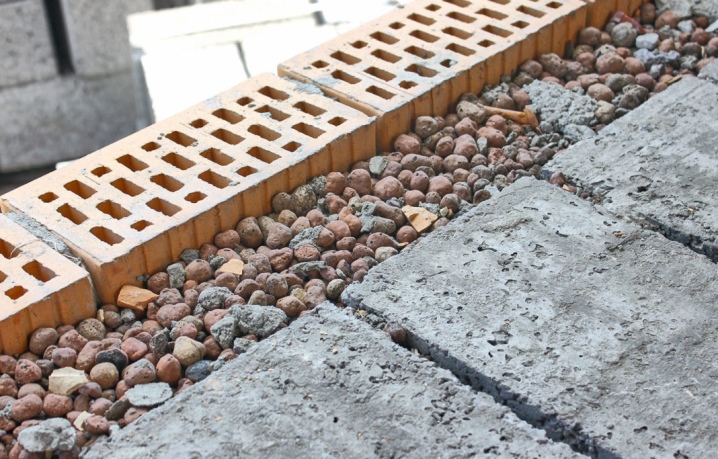
Crushed stone can also be replaced with metallurgical slag. This material was used several centuries ago for arranging foundations, building houses and laying roads. Today it finds use even in the most developed countries as an excellent practical solution. However, a number of examinations have shown that this material can contribute to the contamination of the area with toxic substances.
It is critical to choose the right type of stone to ensure your own safety and not harm nature.
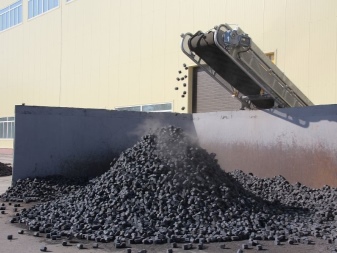
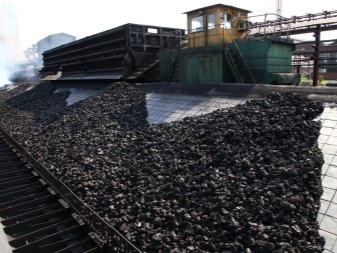
As for the pebbles, it almost completely corresponds to the parameters of high-quality crushed stone. However, pebbles, due to their smoothness, are not strong enough when laying in asphalt or pouring a cement floor. It will inevitably sag and fail. But as a concrete filler, pebbles are good. Moreover, it is even more reliable than crushed limestone.
Sometimes pebbles are also used in the repair of unpaved (not asphalted!) Roads. Screening can be used as a substitute for sand. But crushed stone can be replaced with them only partially. The main task of the screening mass is to increase the uniformity of the load distribution and maintain the optimal volume of the finished product. Since the screening has a greater variety of particle sizes than sand, it improves the quality of internal adhesion in cement.
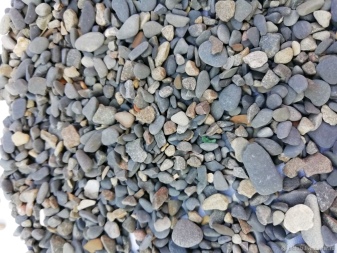

It also has the following advantages:
- chemical reactions of small grains with cement, in which insoluble compounds are formed;
- preparation of heavier and denser concrete;
- increasing the strength of the mixture.
In a number of regions of Russia (including the Urals), screening costs much less than sand. It is recommended to use a more durable material of magmatic origin. The optimal rock, which is mainly composed of particles with a size of 1.5-4 mm. We'll have to control the radiation. Normally, it is up to 370 Bq per 1 kg maximum.

But it is also important to remember that it is strictly forbidden to lay in concrete or asphalt:
- wood;
- glass;
- any kind of garbage and household waste, even those that are hard and durable.
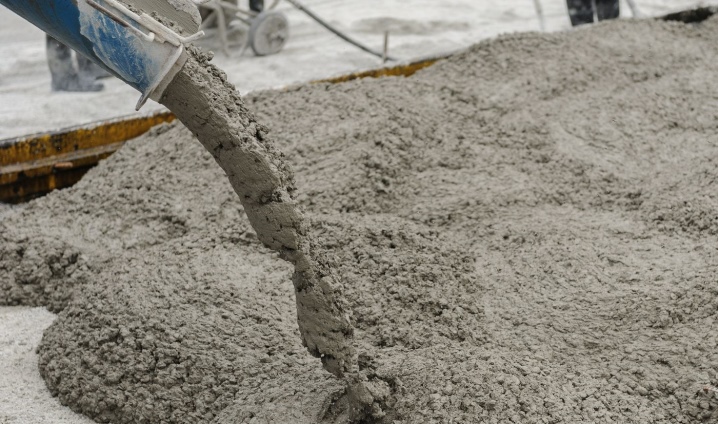













The comment was sent successfully.